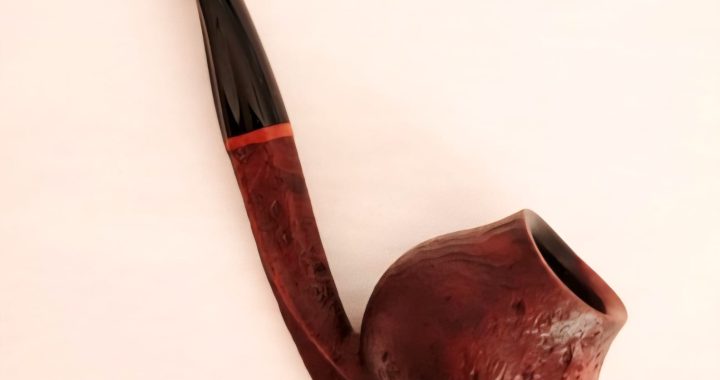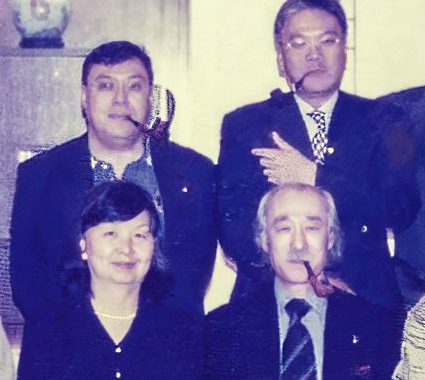
Mirosław Jurgielewicz talks to Ben Rapaport – a world-famous collector and connoisseur of pipes, author of books and articles on the history of the pipe, lover of beauty, and an expert of international renown.
According to you, the best age of the briar pipe was the 19th century. For which pipes is the 21st century the best?
In my opinion, the trend and the trajectory for many years now has been the artisan pipe maker. I maintain a database of these craftsmen by name and country; they are all making unique and different pipes in just about every country nowadays, in Indonesia, Korea, China, Romania, Bulgaria, etc. It is a brave new world for the pipe smoker for another reason: another market has emerged, the “estate pipe” market.
Ooooh, you used the term the „estate pipe” market, which is quite difficult to interpret in English, not to mention Polish. And yet not long ago, writing about nonsense in the so-called pipe slang, you were against it (My Manifesto: A Plea for Plain Talk, September 2021, pipedia.org). Isn’t a used pipe and a pipe from the manufacturer enough?
Your timing about the „estate” pipe question is interesting. True, a few years ago, in my „Plain Speak” article, I mentioned „estate pipe” and why I found fault with the term. It is a fancy word for, as you know, used, old pipes. But it has been an accepted term in certain circles and stores, and online sellers are now using it. To me, it is false advertising, because I am old school. I believe old pipes should be called old pipes. In general, they don’t come from estates unless they are accompanied by proof that they belonged to such and such person who was, in his life, someone important, someone famous. And your question suggests that at least in Poland, there is not yet a market for estate pipes.
You don’t find much commentary about estate pipes in a traditional pipe book, so one has to rely on the Web for definition and debate. In this narrative, collectability plays no role. I’m only looking for what it is, not whether it’s worth collecting.
Not much online activity in Europe. I searched for activity in Germany, but found very little. German.us https://www.german.us/de/ offered this: „We only offer rare collector’s pipes of the high premium grade level which are professionally overhauled and are not available regularly. In France, not any significant online commentary about estate pipes.
See smokingpipes.eu, the European counterpart to smokingpipes.com. Although there is no description, you can see what is currently for sale and notice that these prices are as high or higher than new pipes in some instances. If you access smokingpipes.com, you’ll see many more. And at smokingpipes.com there are a few lengthy articles about estate pipes.
I am currently working on a new article about the whole „what’s what” of estate pipes, but it’s not in any condition to be read. I wish I could send it to you, but if you want to mention it, this is the title: „Much Ado About Nothing Estate Pipes” borrowing the title of a Shakespeare play.
What I can do is provide you a few quotations that I have found and will be used in my article. It’ll save you the trouble of searching for them.
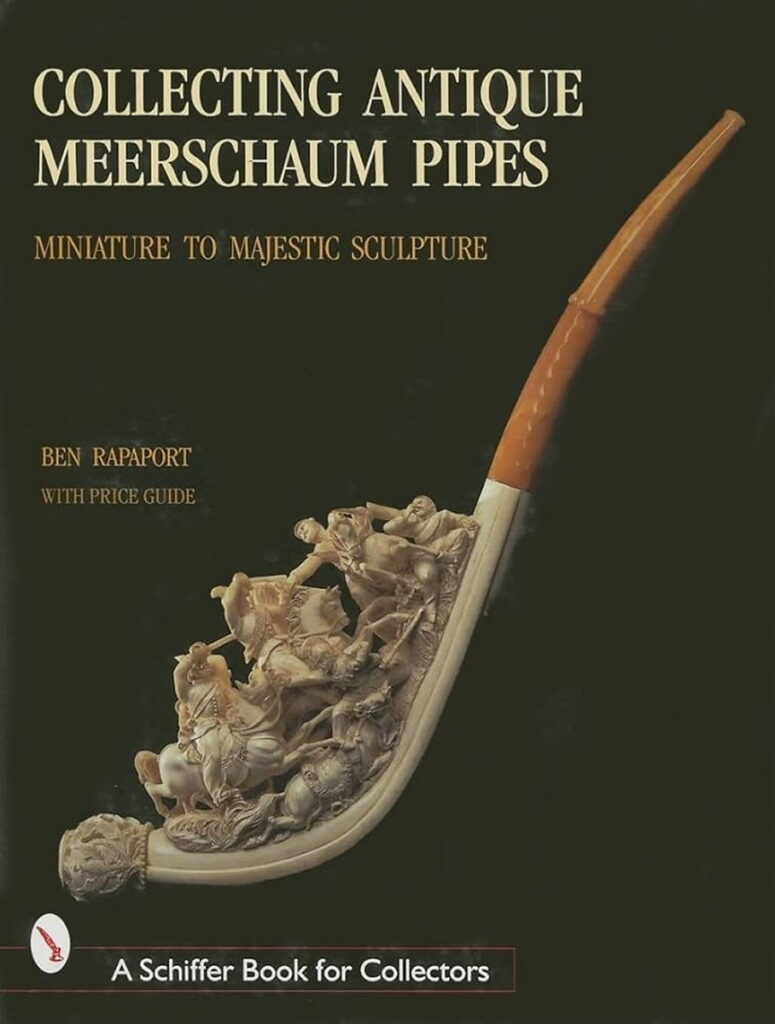
1. „In my opinion, an estate pipe is one found in the collection of a pipe smoker whose last bowl has been extinguished” (rebornpipes.com).
2. Richard Hacker’s Rare Smoke claims to be „…the world’s first look at the growing trend of collecting pre-smoked pipes. Actually, they’re more politely referred to as estate pipes,” said Hacker” (richardcarletonhacker.com).
3. Obviously, when advertised as „Italian estate” pipe, it’s not from an Italian estate … it’s a used Italian pipe that’s been advertised as an estate pipe.
4. „The problem isn’t the concept of pre-smoked pipes, it’s that buying them has turned into a crapshoot. Internet+greedy and/or dishonest people=problems” (morleysson, brothersofbriar.com).
5. „How do Pipe Sellers Find All These Estates with Pipes? They secretly bump off older pipe smokers so they can get their old pipes cheap, restore them and sell them” (reddit.com). This one is funny!
6. Now here’s a romantic definition: „Antique Spotlight—Estate Pipes are Emblems of a Bygone Era” (dustyoldthing.com).
Your best explanation is to ask AI and you’ll be able to read its definition of an estate pipe.
When you consider that I am not a pipe smoker any more, not a buyer or seller of these pipes, it is unlikely that anyone will agree with me when my article appears on pipedia. But I want to express my disappointment, my frustration, my objection to elevating a used pipe to this higher status of „estate.” I consider it false advertising, deceitful advertising, but I am outnumbered by the many sellers, promoters, and buyers of estate pipes so I say, „The train has left the station, and there’s no stopping it now.” In my defense, however, I use a quotation in this new article that I have used before in another article. It’s from a conversation I had about 20 years ago with the late Richard Dunhill in his London office. Because he was married to a woman from Argentina and so was I, we had more in common than pipes. I don’t remember how we began discussing old pipes as estate pipes, when Richard offered me his view: „If you put a golden saddle on a burro, it is still a burro.” That’s how I view the estate pipe movement.
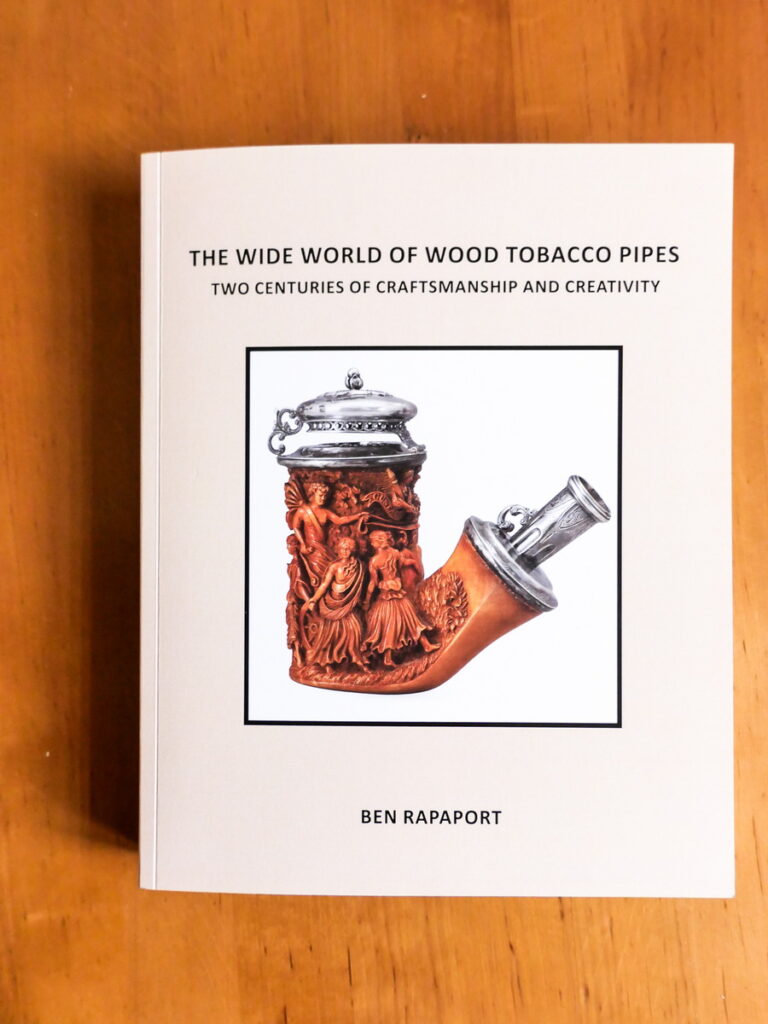
For over half a century, you have been dealing with the broad subject of pipes, pipe-smoking, tobacco and the stories associated with them. Why does this field fascinate you so much?
I started smoking a pipe at age 14, and I began collecting antique pipes after I graduated college traveling the world while serving in the U.S.Army. I began to see people in various countries smoking different types of pipes. When I could not find a book in English on the subject, I decided to write my first illustrated book, A Complete Guide to Collecting Antique Pipes that was published in 1979. I haven’t stopped writing about antique pipes since then. There is much more to the history of the pipe than what supposedly happened in Saint-Claude in the 1850s. Of course, I realize that not everyone who smokes a pipe is interested in pipe history.
You are the author of 11 widely read books, many articles that uncover forgotten stories of the pipe. In your latest book, you admit that you are probably a hypergraphic and researchaholic. Was it always like that or did it come with time?
It’s actually 10 books. Having graduated from the oldest high school in the United States in 1954, Boston Public Latin School, founded in 1635. It offered only a classical education that required writing essays every year for the four years; I have always enjoyed writing. Combining my interest in antique pipes, a writing skill, and aware that so few books had been published on tobacco pipes in any language in the 1970sa and 1980s, I decided that I would write, if I could find a publisher willing to print the book. It’s become a challenge nowadays to find any U.S. publishing house willing to accept a manuscript about pipe history or about pipe smoking in this anti-smoking, anti-tobacco era.
Now, I want to expand on the topic of books. For any person thinking about publishing a book on tobacco or pipes, he has to invest his own money and find a local printer. A publishing house has a staff of proof readers, fact-checkers and editors to assist the author. A printer prints everything the writer gives him. If there are punctuation or grammatical errors in the manuscript, those errors and mistakes will appear in the book. Know that Hanna, Newcombe, Unger, Hacker and several others – if you are familiar with their books – used local printers, not industrial-size publishers. That is our fate. I cannot speak about book publishers in Europe. Their attitude may be quite the opposite: if the book appears to be welcomed by the public, they may publish it. What defies explanation is that, for the cigar smoker, several premier publishers have released limited-edition, illustrated books on cigar history selling at $1,000 or more. And cigar smokers don’t seem to question spending that kind of money on a book; these books are selling! I can’t say whether they buy such expensive books to look at the pretty pictures or to learn more about the cigar industry.
In my experience, it’s rare when a pipe smoker is willing to spend $50 or $75 on a book, although he may not question spending $1,000 or more on a new or an estate pipe. Why do I mention this? This was my recent experience. When Tobacco and Smoking Among the Blue and Gray (about our Civil War in the 1860s) was published in 2014, Briar Books Press set the price at $65, and many told me: “The price was too high for any pipe book. I can buy a pipe for that amount of money.” It was shocking to hear, but I began to understand the mentality and motivation of pipe smokers, at least in the United States: many have set a “not-more-than” price for books, but not for pipes. Cigar smokers have proved to be a different breed of smoker, collector, and reader.
Today’s times of „political correctness” often force us to betray our own views and beliefs. How do you deal with this?
It’s less a movement of political correctness, more a movement of anti-smoking. As an example, my son is very much anti-smoking, anti-tobacco, so he is not interested in reading any of my books. When I give a presentation on antique pipes, the first words are: “This exhibition is not about smoking, it is about art.” Admittedly, there are people who would treat pipes smokers as pariahs, but there is room for everyone in this world, and I strongly believe in “live and let live,” and not “go along to get along,” meaning to conform in order to have acceptance.
You are famous for your knowledge of various pipes, especially the Meerschaum. Where does your love for these particular pipes come from?
Well, I’ve always collected something. As a teenager I collected stamps. Then it was rare coins. When I became a serious collector of antique pipes, I sold those two collections, and devoted my time, effort and disposable income on pipes. Of the four mediums, clay, porcelain, wood and meerschaum, no one can deny that what European school-trained carvers of meerschaums produced in the most prolific era, 1850-1925, were outstanding works of art, sculptures of a caliber equivalent to the those who carved marble. This pliant material was ideally suited for intricate carving. Carving wood pipes? A more challenging material to even the best of skilled wood turners. That meerschaum era is gone and, sadly, those who carve meerschaum pipes today in Turkey lack the finesse of their Western European predecessors.
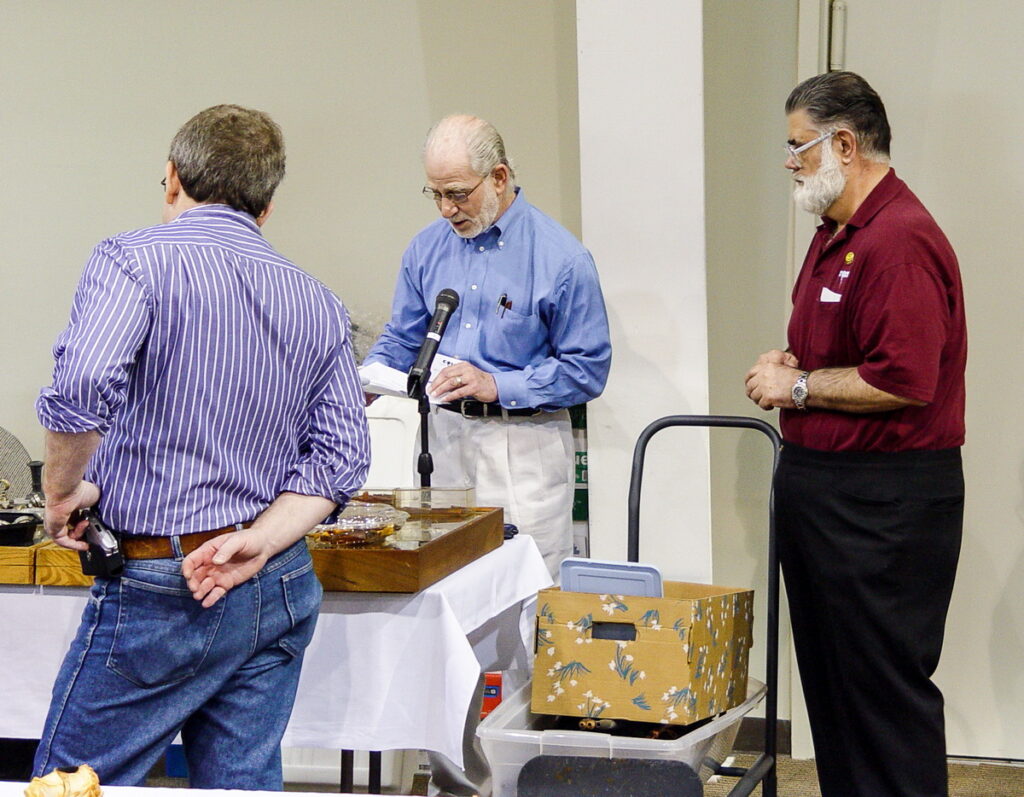
You know many pipe smokers around the world. Are they also from Poland?
Other than you, I know only Jacek Schmidt whom I met on several occasions at the annual Chicagoland Pipe Show. My small community does not consist of pipe smokers, per se. It is a community of pipe collectors, some of whom may be pipe smokers.
Do you still collect pipes? Is it true that you are one of the world’s largest collectors of meerschaum pipes?
As to my collection, well, I did have a substantial collection of all sorts of antique pipes from around the globe, but I have begun to sell them, because my son, very anti-tobacco, anti-smoke, wants none when I pass on. I am not the one who had or now has the largest meerschaum pipe collection. That honor goes to Joao Martins (a chapter in my book), the British (unnamed) collector (another chapter in my book), and the person who has a Facebook website, “Antique Pipe Museum,” who lives in Florida. You can see many of his if you access Facebook by the title I just indicated. https://www.facebook.com/p/The-antique-meerschaum-pipe-museum-100064387854195/
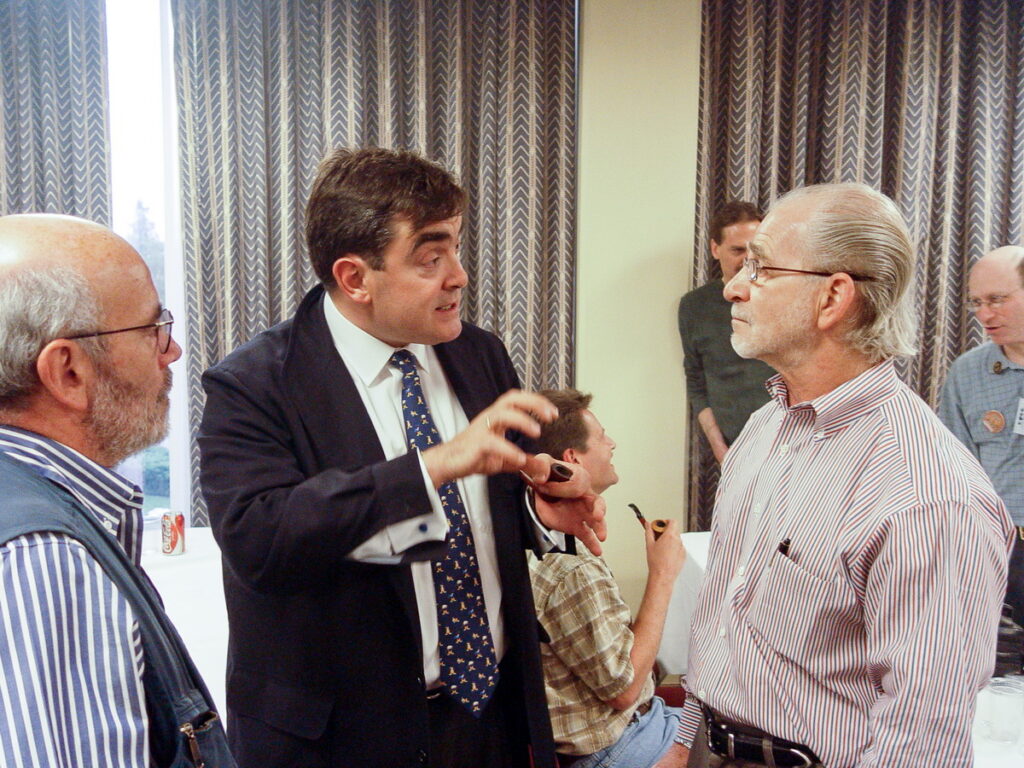
Many have already declared the end of the pipe. Do you think so too?
No, and the very best proof is my expansive database of artisan pipe makers and the growing estate pipe market. If it were the end of the pipe, neither community would exist today, although I don’t think that the estate pipe market has caught on in Europe yet. Whether it’s true or not, Rick Hacker declared in the 1990s that he is credited with the resurgence of the pipe, but I don’t believe that he envisioned or anticipated what it has become in the first quarter of this century.
The essence of scientific research, and you have been conducting such research for years, is finding the truth. Is it easier to determine it today?
Hmmm. No doubt, the Worldwide Web has been a great help, depending on what one is looking for and hopes to find. I have always believed that pipe and tobacco books, especially the old ones, reported what was observed and experienced. Unfortunately, today, I feel that pipe people have almost totally relied on the Web for their education and enlightenment. This is dangerous, because the Web allows anyone and everyone to post anything and everything. A new pipe smoker, using only the Web for his education, will read some falsehoods, fantasies, and fiction about pipe smoking. Because someone posts online, does not automatically translate into something that it is correct, accurate, truthful.
I offer four random examples, but I can easily find many more. They are not very significant, but they prove a point about the fidelity and dependability of what can be found from a simple search of the Web. Search for information on the Web about meerschaum, and you will find several posts stating that meerschaum is composed of cuttlefish from the ocean. Here’s one example. The Tinder Box Corporation is a national chain of retail tobacco stores founded in 1928. It’s been in business for almost a century. It claims to be “…the number one retailer of pipes, pipe tobaccos and cigars in America. This is a description of meerschaum from its website: “The mineral itself is the fossilized shells of tiny sea creatures that fell to the ocean floor over 50 million years ago, there to be covered and compressed over the ages by layer upon layer of silt. Profound movements in the earths [sic] crust raised the creamy white stone of Meerschaum above sea level.” It’s nonsense.
Briar: “The first person to offer a history of this discovery [briar] was Alfred Dunhill, in a book written in 1924” (“Who Carved the First Briar,” pipedia.org). Not true. Many authors of 19th-century books described the discovery of briar!
And a comment from Richard Carleton Hacker (“For Pipe Lovers,” cigaraficionado.com, Autumn 1993): “Wood is by far the most popular pipe-making material and, since 1825, the most coveted and practical wood has been briar.” The generally accepted date is the mid-1850s.
Russ Ouellette is a respected, knowledgeable Web source on pipe tobacco and he has commented: “As with any subject, there are a lot of common fallacies about pipe tobaccos and how they’re made. It’s a shame, really, as, through the years there have been many good books and articles that have addressed these inaccuracies, but most pipe smokers have never read them” (“Common Misconceptions About Pipe Tobacco,” pipesmagazine.com). Notice that he did not mention Web posts as a source of information.
It’s crucial to critically evaluate information online and verify its source before accepting it as fact. Anyone can publish content on the Internet, regardless of its accuracy. As a historian and someone concerned with his reputation, if I cannot corroborate or verify something by other means, I do not publish it. What was written in the late 1800s about tobacco pipes may often be in error and can be excused—communications and information exchange were rudimentary—but there is no excuse for those who, in the 20th and 21st centuries, have been writing misleading or false information about pipes. Remember what President Reagan said to Gorbachev? “Doveryai, no proveryai …”trust but verify.” It’s especially important when writing a book or posting an online tutorial nowadays about pipes or pipe tobacco for this new generation of pipe smokers. We must welcome them with accurate, reliable, error-free information.
As a summary to this question, I’ll add this bit of wisdom from my dear friend, Chuck Stanion, once the editor of Pipes & Tobaccos magazine, now a marketing manager at smokingpipes.com: “Those of us who pursue pipe smoking as a hobby above and beyond simple tobacco combustion are in the minority” (Chuck Stanion: “Pipe Smoking Stereotypes,” smoking pipes.com). Curiosity is a driving force behind the desire to learn, and what he believes is that the majority of readers are not curious enough to read more…which probably accounts for their disinterest in books, which results in fewer books published and sold and which, of course, results in a less-informed pipe smoker: cause and effect. Those are the very people who rely wholly, solely, only and totally on the Web for their knowledge.
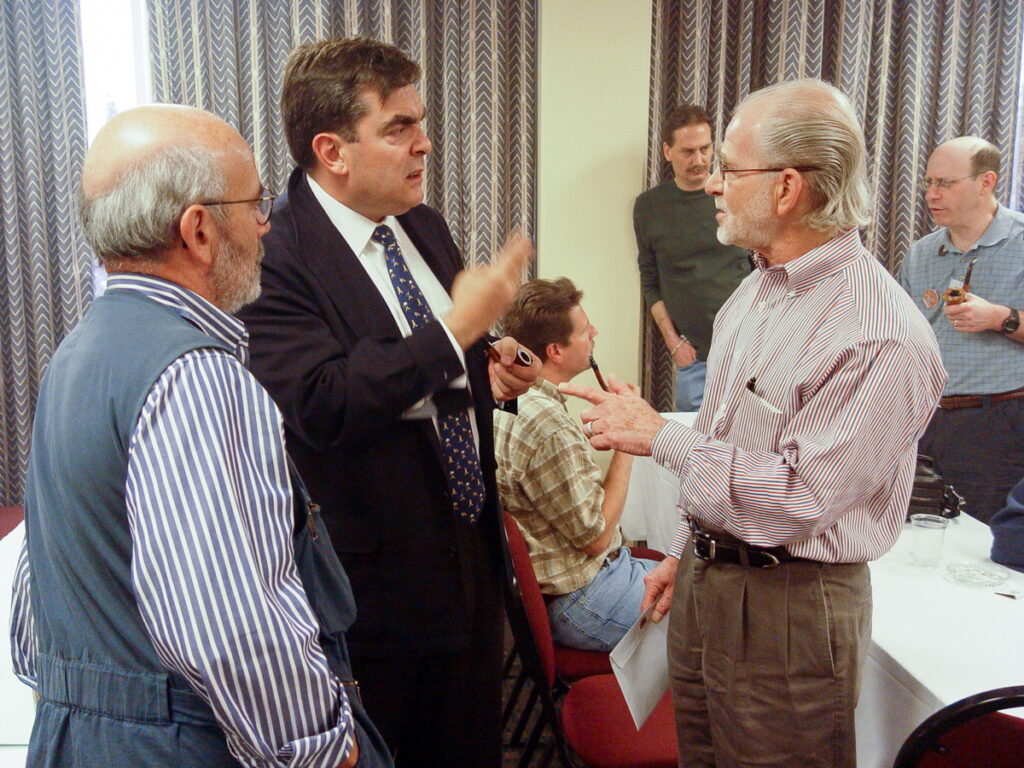
For over 15 years, February 20 has been International Pipe Smoking Day. Do you think such a holiday is needed? What do you think about pipe tournaments, setting records in smoking 3 grams of tobacco?
As a founding member of the International Academy of the Pipe, I’ve attended many of its annual conferences, the opportunity for pipe experts to meet and discuss various aspects of the pipe. As well, I have attended several international slow-smoking competitions. I think that both events are excellent opportunities for the brotherhood of pipe smokers and pipe experts around the world to get together frequently, to share experiences, to make friends, and establish communications across national (and international) boundaries. After having watched my first competition many years ago in Graz, Austria, I encouraged American pipe smokers (a) to organize nationally—it became United Pipe Clubs of America (UPCA) in 2002—and (b) to apply for membership in the International Association of Pipe Smokers Clubs, which it did. American pipe smokers are now members of a large international circle of like-minded comrades.
There are many pipe smokers/pipe manufacturers in the world today. Which one is your favorite?
Well, I don’t have one, never had one and, because I no longer smoke a pipe, I am not prepared to suggest one.
How did your adventure with the pipe begin? Do you remember your first tobacco and your first pipe?
At age 14, working in my parents’ ‘Mom and Pop’ grocery store, Dad and Mom both smoked cigarettes. I managed the candy, comic books, and tobacco section. Of course, everything was free to me, so without knowing much about pipes, my first were Medico, Yello-Bole, and Kaywoodie – because the store sold them — and my first tobacco was Mixture 79, because it smelled good. I learned rather quickly that I should be smoking tobacco that was good for its taste, not because it was good for someone’s nose.
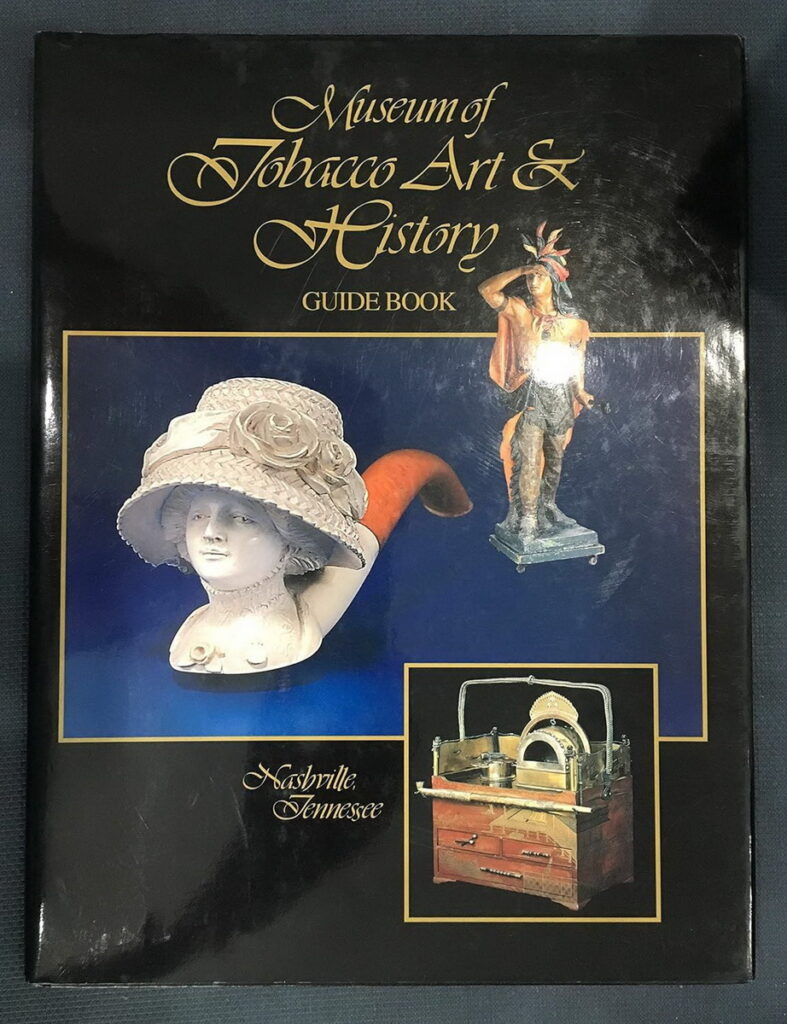
What do you wish for pipe smokers today?
I offer this important advice: “stay the course,” or a phrase from my Army days: “Continue to march.” Don’t let non- and anti-smokers discourage you or deny you the right to smoke. We’ll all die of something one day, so enjoy the pipe along the way.
I know that you are still working on more articles. Will there be another book?
Well, I’ll be 89 later this year, and I don’t know if I have the energy or the interest to do another book. But … if I wake up one morning with an idea about pipes that has not yet been revealed in print by another, I just might begin researching it and it might become book 11. I have always been convinced that there is yet more to discover about the pipe. If you believe in the Bible: “Ask, and it shall be given you; seek and ye shall find; knock and it shall be opened unto you.” Whether someone chooses to investigate, to dig deeper, and to reveal more information is a question without an answer.
The sadness for me if that my community of collectors continues to shrink. We were an old bunch of antique pipe collectors in the United States. They are all gone, and I am the last man standing. Soon I will also be gone, and there is really (and unfortunately) no one here or in Europe who knows as much as I about this field of research. Who has researched and written about antique pipes, after all? I know only one person whom I met about 20 years ago: Walter Morgenroth who wrote Tabakpfeifen Sammeln, and it was about the porcelain pipe.
As an ending note, I offer anyone who contacts me (ben70gray@gmail.com) the Bibliography of books on pipes and tobacco. It contains the titles of books only in English. I’ve not thought to generate a similar list of foreign-language books, but I suspect that it may be just as lengthy as mine in English.
Thank you very much for the conversation and the extraordinary experiences resulting from reading your articles and books. On behalf of Polish pipe smokers, I wish you many more years in health and further development of your own creativity.
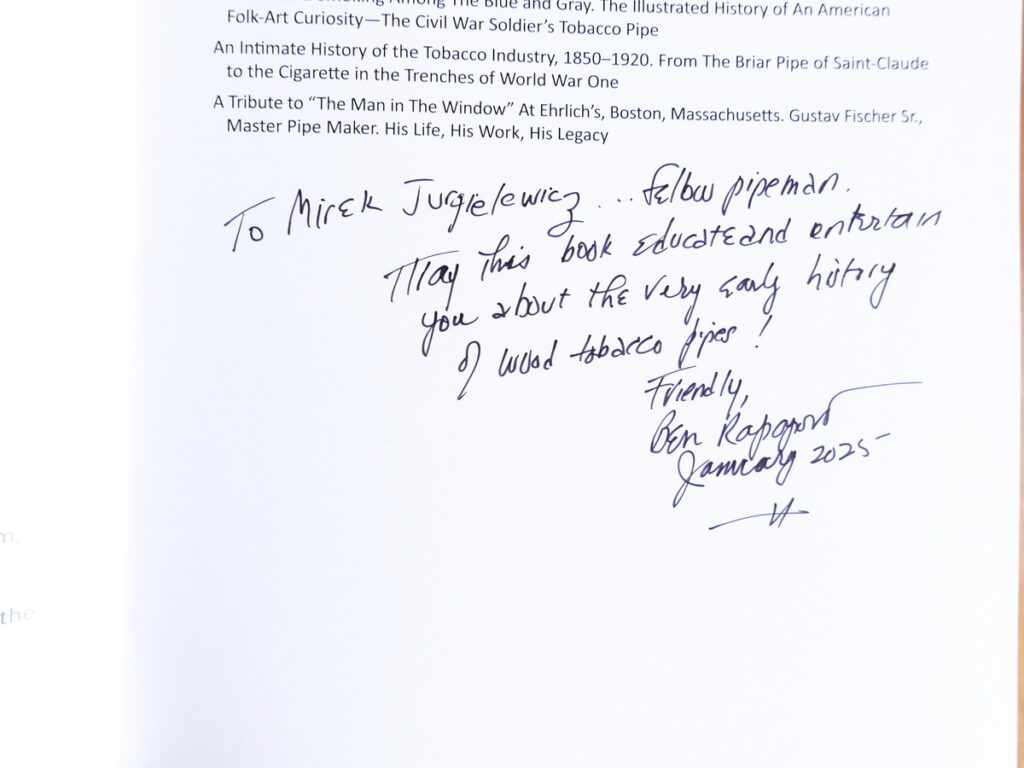
Interviewed by – Mirosław Jurgielewicz/www.kalumet.pl
A big thank you to Jacek Schmidt for sharing Ben Rapaport’s photos from the Chicago Pipe Show in 2004-2005
Other photos – Courtesy of pipedia.org
Ben Rapaport – For over 50 years, Ben Rapaport has been known worldwide as an avid pipe smoker, collector of antique pipes, and tobacco enthusiast. One of the world’s most important collectors of meerschaum pipes. In 1985, he was inducted into the International Pipe Academy, in 1989 he became a member of the esteemed Confrérie des maîtres-pipiers de Saint-Claude in France, and in 2004 he received the prestigious “Doctor of Pipes” award for achievement from the Chicagoland Pipe Collectors Club. Author of 10 books, hundreds of articles, world-class pipe expert. He is a regular contributor to the pipe press and pipedia.org. He has met many distinguished pipe smokers and authors, from Richard Dunhill onwards. For a comprehensive biography of Ben Rapaport, please visit.

